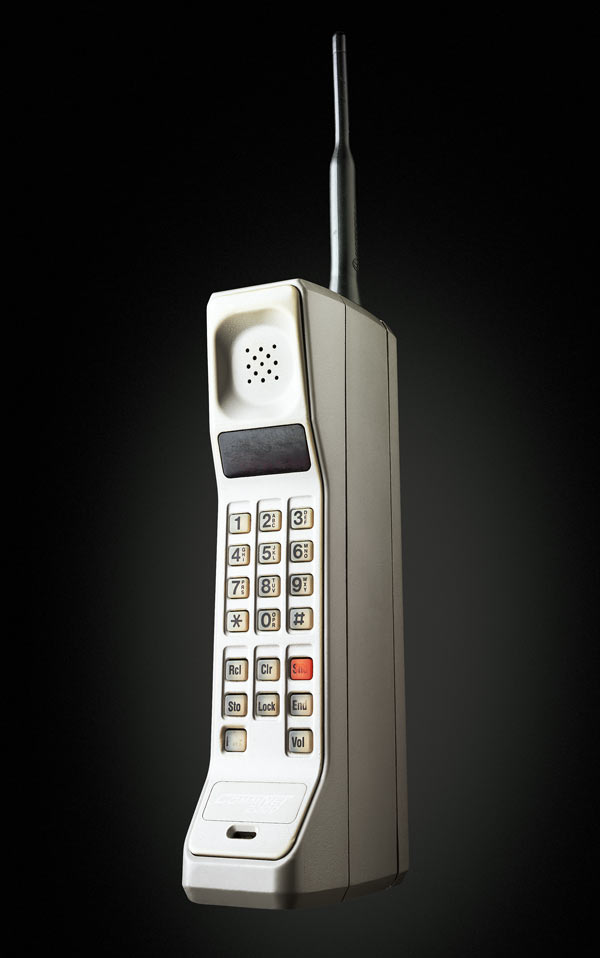Welcome to another installment in our ongoing feature, “And That’s How They Screw Yez!”
Whenever you get the chance, pay up front. It’ll almost certainly save you money. (Don’t accept that statement unequivocally. To find the counterexamples, and to Control Your Cash, you have to do a little bit of math.) Paying upfront is the answer to most issues. For one example, see our post on Costco.
And hence to non-perishable cell phones, whose price is traditionally offered via “anchoring”.
(Here’s anchoring in one quote. “See this gorgeous, partially flawed diamond bracelet? You’d expect to pay $1200 for something like this, wouldn’t you? Well, we’re offering it for only $600. You save 50%!”
This will move far more product than the following: “See this gorgeous, partially flawed diamond bracelet? You’d expect to pay $300 for something like this, wouldn’t you? Well, we’re offering it for $600. You pay double!”)
It’s an integral part of the business models of all four of America’s major cell carriers – AT&T, Sprint, T-Mobile and Verizon. Each will plant a price in your head and then “bid against itself” for your business. Sometimes they go so far as to offer their inexpensive models “free”. You have to know that phones can’t be free, and that an iPhone only costs $99 if you’re paying factory price or buying a broken one.
Here are a few examples of cell phone “deals”. We took the 5 fanciest major-distribution phones we could think of, and listed the best prices we could find them for in bold. They’re listed along with the imaginary anchoring price each carrier thinks the phones should go for, along with the current offer on each carrier’s website and the corresponding fine print:
| Upfront price | Carrier’s anchor price | Carrier’s ostensible price | The catch | |
| AT&T iPhone 3GS (32GB) | 600 | see below | 300 | $70/month for 2 years |
| Verizon Palm Pre Plus | 400 | 600 | 150 | “ |
| T-Mobile BlackBerry Bold 9700 | 400 | 450 | 130 | “ |
| Verizon Motorola Droid | 425 | 560 | 200 | “ |
| Sprint HTC Hero | 400 | 480 | 150 | $40/month for 22 mos. |
AT&T can’t conjure up an anchor price for the iPhone because Apple lists it at $300. The upfront prices are the best available “Buy it Now” prices on eBay*.
That $70 number for AT&T, Verizon and T-Mobile includes $30 a month for talk, $40 for data. The plans listed are the cheapest ones these carriers will let you get away with.
We’ll say it again: look at every transaction from the other party’s perspective. What are they getting out of it? Is a cell company going to offer you a phone for barely more than it costs to manufacture it?
On the other hand, would you sell something for 50% or 60% off if it meant you’d receive several times the price of the thing over the next couple of years? (Answer: you would. It’d be like selling your $20,000 car for $10,000 but receiving lease payments of $3333 every month for the next two years. With an option to renew.)
People don’t like to delay gratification, and can even fool themselves into thinking that it’s better to hold onto that $175, $250, or $300 difference between the eBay and carrier prices than to spend it. It isn’t. Spending that money upfront will reap you >$1000 in savings over the next couple of years.
(Yes, you still need to pay monthly fees without a contract, and you’re going to want a data plan. But at least you’re not obligated for 2 years, which is longer than the average of this author’s sister-in-law’s 4 marriages. Nor do you have to worry about the $200 termination fee. Or $350 termination fee, in the case of some Verizon phones.)
When you pay straight-up for your phone and it becomes obsolete, which it will, no problem. You sell it on eBay, and consider yourself lucky if you get $100. While researching this very post on March 27, the author saw a first-generation iPhone sell for $160 on eBay, three years after release. You can thus consider the price you paid upfront for your phone, minus the residual 25% or so it’ll be worth once something better comes along, to be your de facto cost of use for the phone. Divide that by the number of months you use(d) the phone for, remember that you’re under no obligation, then look how that compares to the obligation you’d have if you bought a phone the way most people do.
Under a contract, your only alternative once your phone becomes obsolete is to buy whichever new yet-to-be-released state-of-the-art phone at the same carrier “discount”, then remain on the hook for another 2 years.
How much are you obligated for under a contract? Look at the last column and multiply. You’re committed for $1680 (or $880 with Sprint, the #4 network which is desperate for customers and rumored to be ripe for a takeover.)
Of course, the amount “$1680” doesn’t appear anywhere in the standard cell phone agreement, nor should it. It looks pretty big out there on its own, but it’s easy to calculate. (Sorry if you graduated from an American high school and the method isn’t self-evident.)
And despite this feature’s eye-catching title, and America’s newly developed victimization mentality, the cell phone carriers aren’t screwing you at all. To get you to pay these exorbitant prices, they use a sacrosanct document called a contract. It obliges both parties – you and them – to do something and get something in return. You should read it sometime.
*Among sellers with good feedback ratings. If you send $600 to someone who’s never sold anything on eBay, you deserve to lose it all and more.



